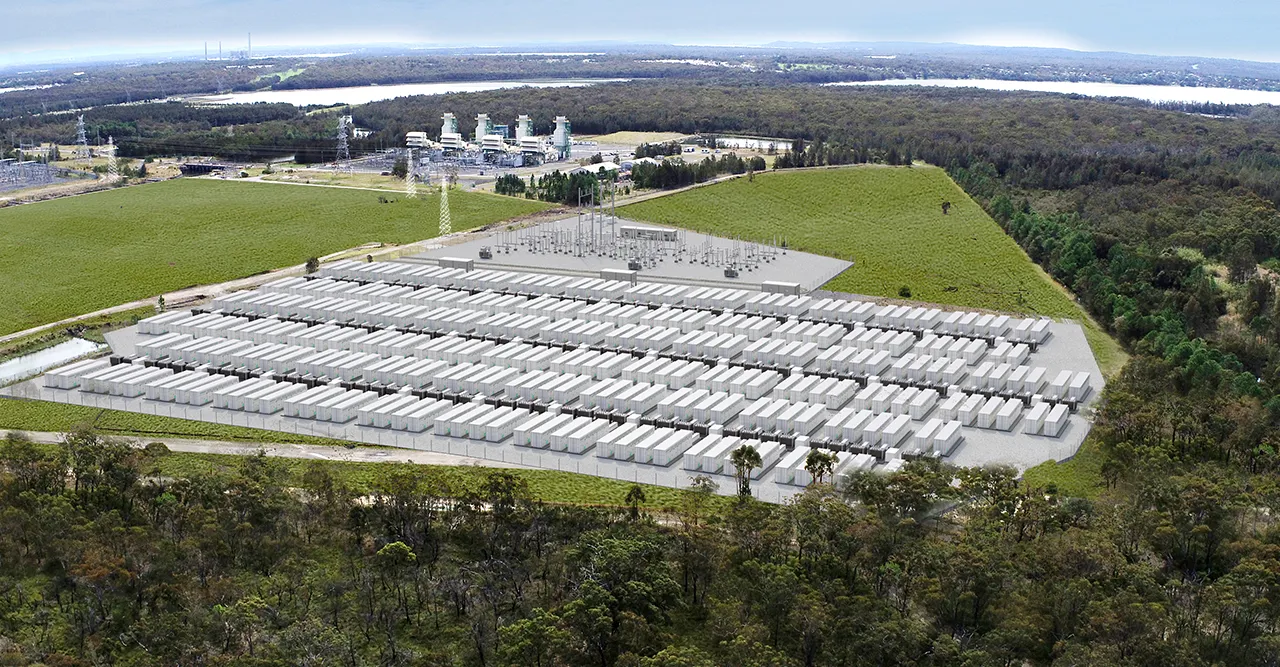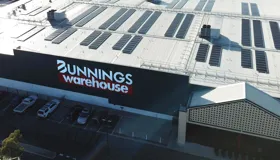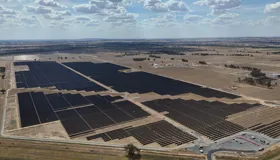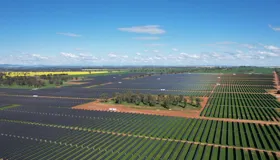
The 850 MW/1680 MWh Waratah Super Battery, the largest in the southern hemisphere is set to play a significant role in Australia’s transition to net zero emissions.
$100m
CEFC commitment
850 MW
capacity
Largest
in southern hemisphere
Battery storage underpins a future balanced grid, ensuring that more clean energy can reach more consumers and providing network stability as coal continues to exit the network earlier than predicted. Our investment in the Waratah Super Battery supports a secure grid powered by renewable energy and fit for a future, low emissions economy.Ian LearmonthCEO, CEFC
Our investment
The CEFC committed $100 million to accelerate the development of the Waratah Super Battery as part of a $500 million raising by BlackRock Private Markets.
BlackRock has also secured commitments from Australian and global institutional and sovereign co-investors including NGS Super. The CEFC has co-invested with BlackRock in the renewables sector since 2016.
Akaysha Energy, which operates the WSB, says its capacity is enough to:
-
supply 970,000 homes with electricity for 1 hour
-
fully charge 45.95 million smartphones in 1 hour
-
supply 80,000 homes with electricity for a full day (based on 21kWh per day usage)1
The WSB takes two hours to charge and can discharge its full power capacity into the grid in a matter of seconds.
BlackRock is pleased to invest in the Waratah Super Battery, on behalf of our clients, to deliver the storage capacity needed to enable greater reliability and resilience to the power grid that will help Australia achieve its renewable ambitions.Charlie ReidAPAC Co-head of Climate Infrastructure, BlackRock
1 Akaysha Energy media statement, August 2025
our impact
A priority project for a net zero future
The 850 MW/1680 MWh WSB, built on the site of a decommissioned coal-fired power station on the NSW Central Coast, began operating in August 2025.2
The Waratah Super Battery Project, of which the WSB is a major component, will help support a secure and reliable energy supply for NSW energy consumers by performing as a Systems Integrity Protection Scheme (SIPS), which is designed to act as a ‘shock absorber’ in the event of any sudden power surges, including from heatwaves, bush fires or lightning strikes.
WSB is expected to unlock reserved transmission capacity in the NSW network, giving consumers in the state’s main load centres greater access to low-cost clean energy, while maintaining network security.
The WSB forms part of the Sydney Ring Project, identified as a priority project in the AEMO Integrated System Plan 2022, which maps the investment required to achieve the targeted 82 per cent renewables by 2030.
According to the 2024 AEMO Integrated System Plan, Australia’s storage capacity will need to increase from ~3 GW to 49 GW by 2050 through a mixture of utility-scale batteries, hydro storage and virtual power plants.
Expanding the role of rapid response storage
The CEFC is supporting the development of utility-scale battery capacity across Australia to enhance grid capacity and enable the deployment of increasing amounts of renewable energy.
The CEFC has invested in both utility-scale battery projects and in renewable energy projects that have added battery storage to their operations to take advantage of the technology which can store surplus energy and react quickly to demand changes.
Find out more about CEFC energy storage investments.
2. Akaysha Energy media statement, August 2025




